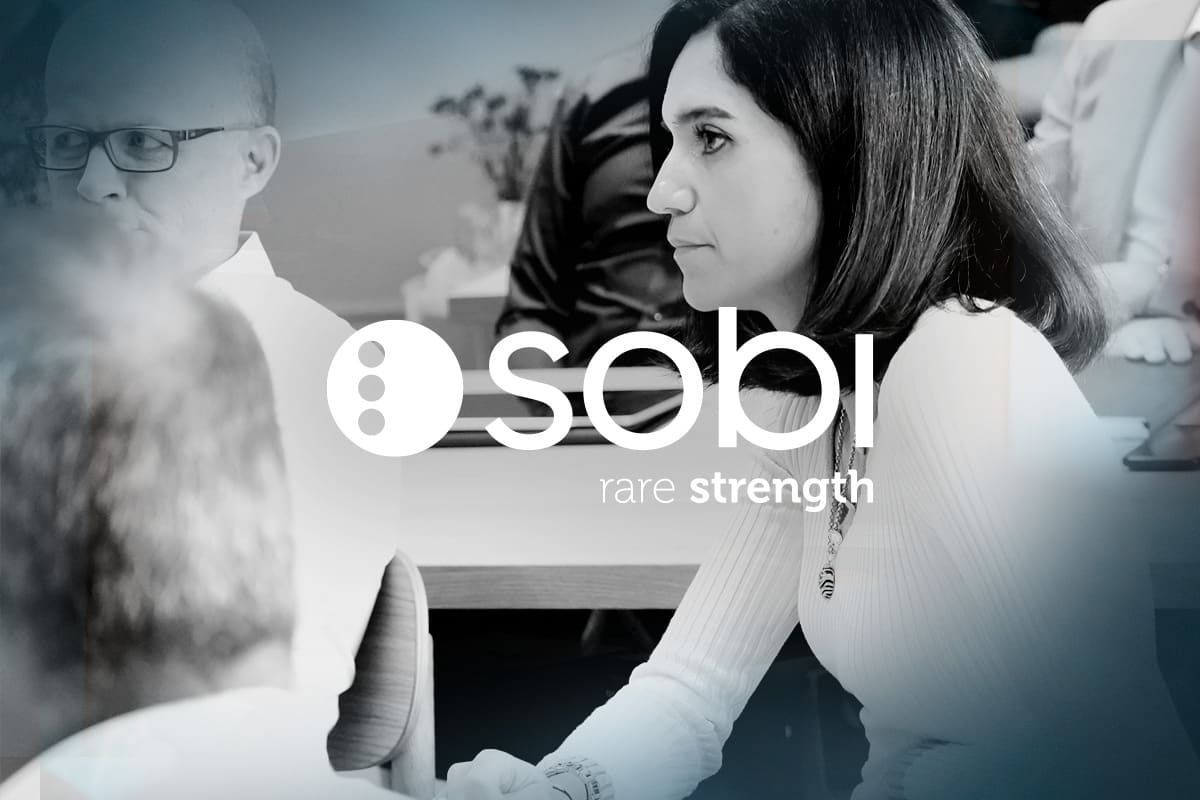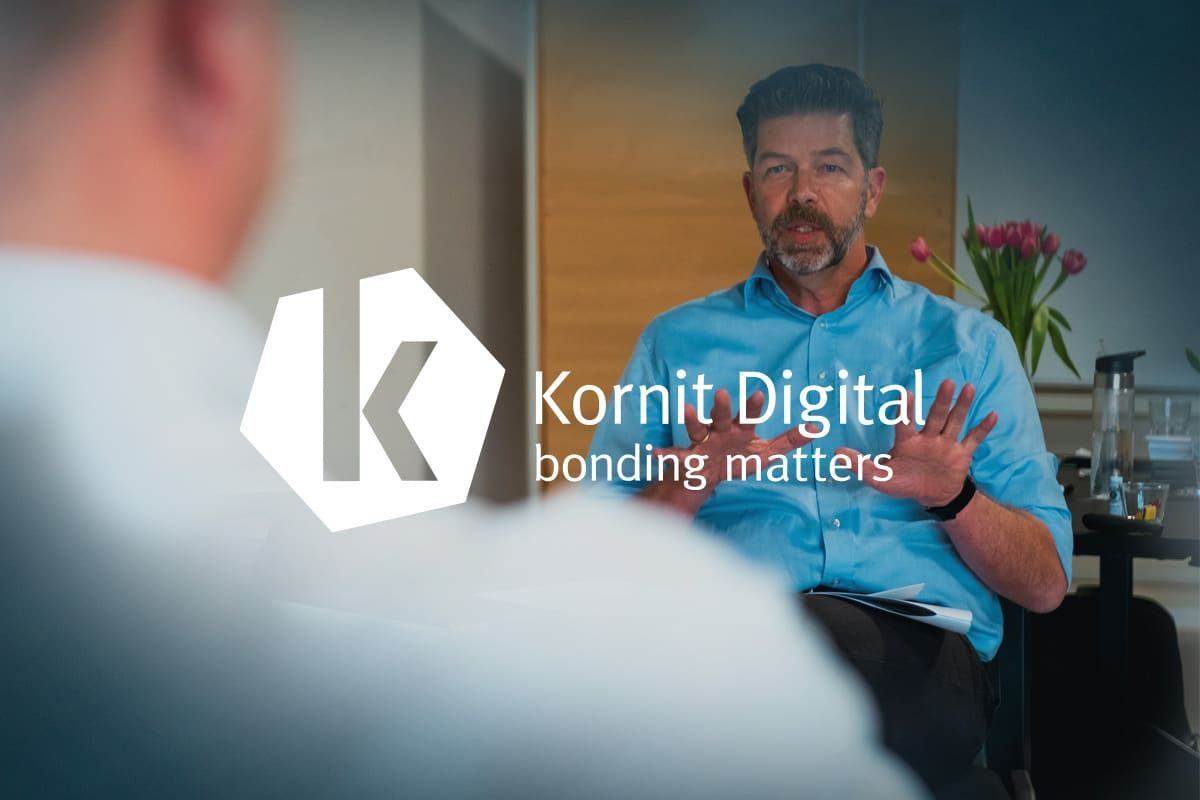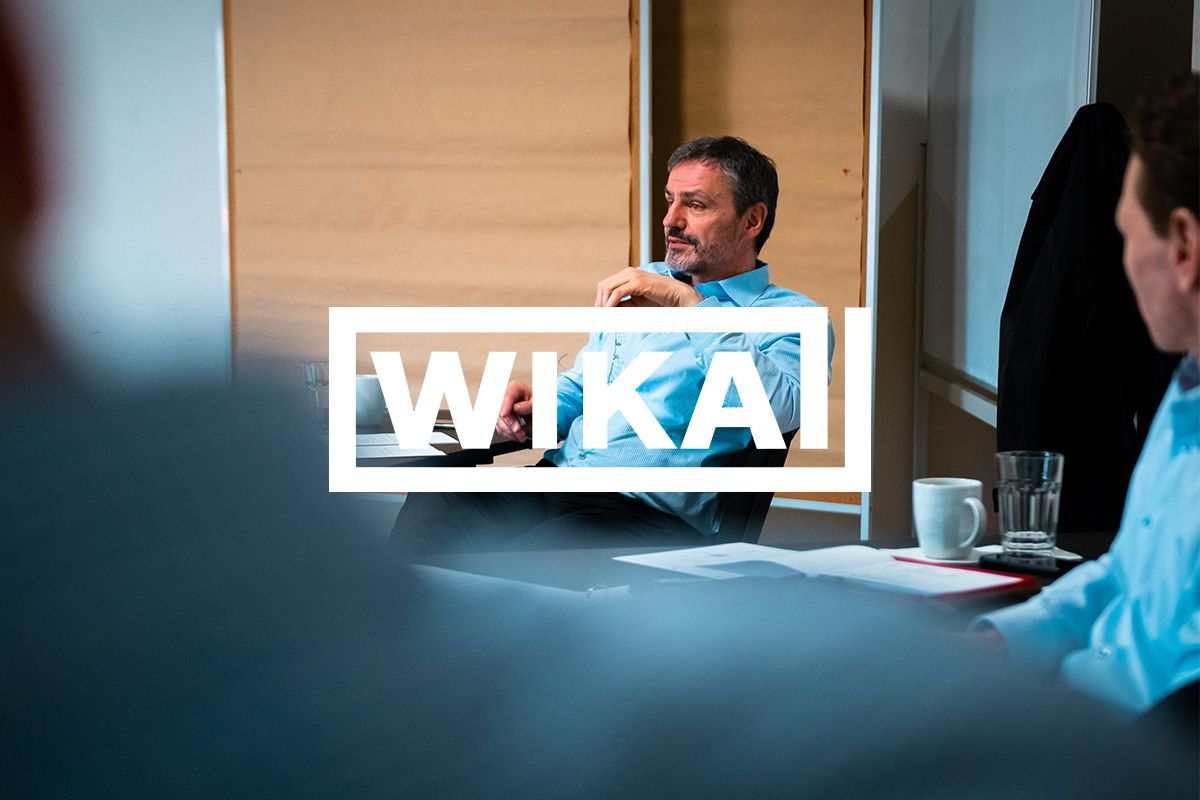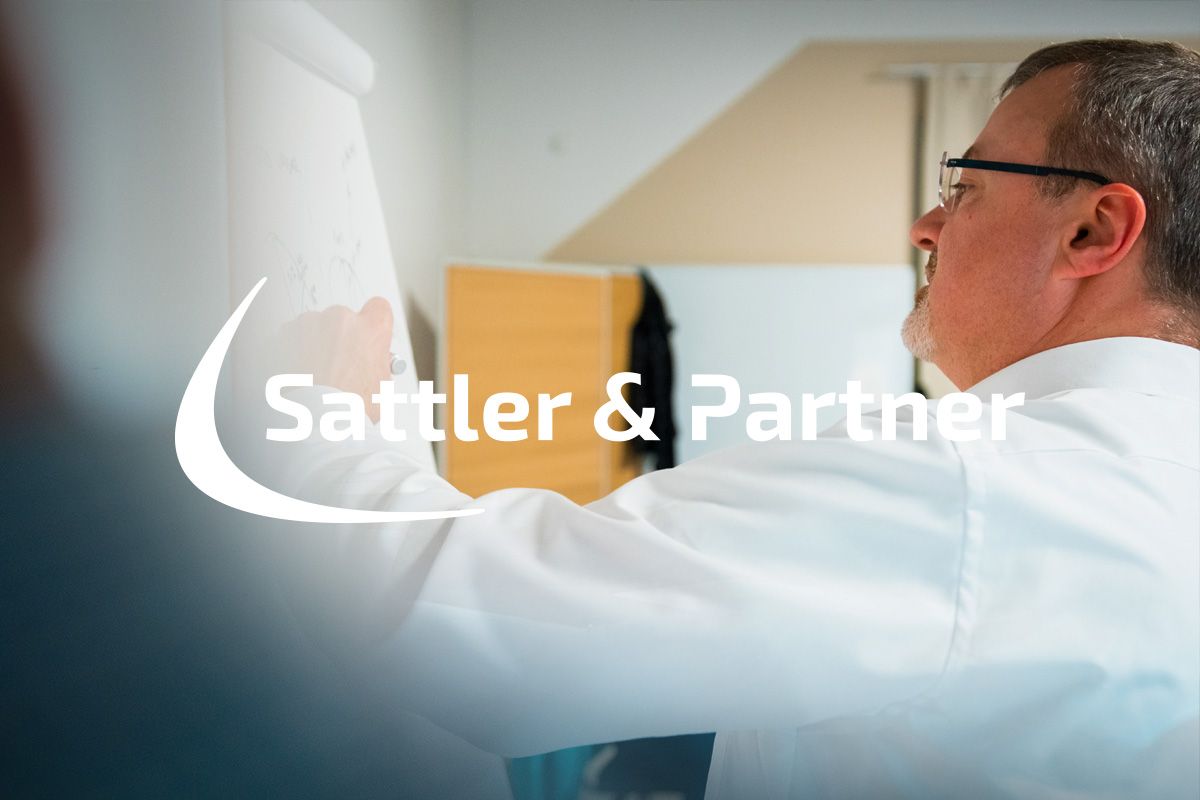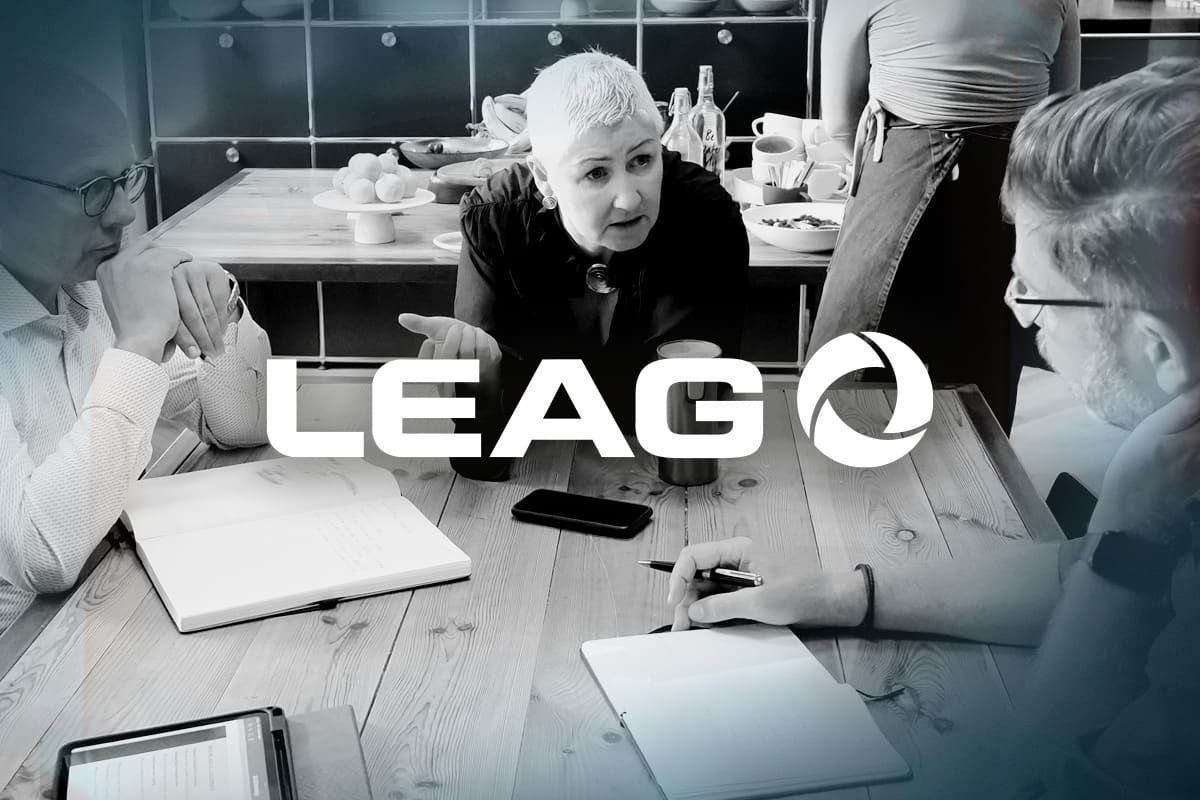Case-Study
Transform your culture.
Transform your business.
Sattler & Partner, an internationally operating management consulting boutique, has been supporting family owned SME’s in all phases of M&A since 1983.
As experts in succession planning, they too understand the importance of preparing the path for Andreas Sattler, Founder and CEO, to take a less prominent role in the acquisition of new customers.
Their goal: strengthen the network and ability of the Senior Partners to acquire new customers so that Andreas could take a less active role in daily operations and focus more on his role as main shareholder.
Overview
Siteco began their transformation process by appointing a new CEO. Having previously worked together and understanding our methods, the CEO knew that we would first look at what already existed and use this as a basis for the next steps. Together we created a 3-phase roadmap.
Phase 1: To identify the key stakeholders of the business areas with the most potential impact on the transformation process and get them aligned as a team and prepared for their role as leaders of the transformation process.
Phase 2: To cascade the strategic steps and cultural expectations for the next phase to the next level of the organisation. In parallel, a focus was placed on developing the leadership mindset and skills of key individuals at different levels of the organisation. In this way they could address the needs for 1:1 and 1:team leadership to create sufficient momentum to get the transformation into execution.
Phase 3: To maintain focus on the strategic initiatives and multiplying the new culture by the senior leaders driving the transformation themselves.
With this approach Siteco is focusing on developing it’s leaders in parallel with the new culture and so managing the risk of overheating their organisation as it transitions from the past to the future.
In the last months we’ve already succeeded in creating a more entrepreneurial culture throughout the whole organisation.
I’m thrilled to see how the mindset has changed from thinking in responsibilities to thinking in outcomes, and how our leaders are role-modelling this in their teams.
I’m even more thrilled to see how this is really helping us to speed up our delivery of customer projects.
In the last months we’ve already succeeded in creating a more entrepreneurial culture throughout the whole organisation.
I’m thrilled to see how the mindset has changed from thinking in responsibilities to thinking in outcomes, and how our leaders are role-modelling this in their teams.
I’m even more thrilled to see how this is really helping us to speed up our delivery of customer projects.
— Mark Henrik Körner, CEO

Approach
Build on what already exists:
Transformation starts at the top:
Connect key stakeholders from the beginning:
Transformation happens when it’s led from within:
Result
In less than one year Siteco has sown the seeds to create a new culture and is today beginning to reap the rewards, which is already positively impacting their business results.
Their people are living the culture they designed. Their leaders are able to create the necessary frame so that unexpected projects needed for the continuing development of the business are brought into execution faster. And there is more ownership throughout the organisation to move things forward.
Through the systematic cascade and by enabling their leaders, they are in a position to focus the organisation on the necessary strategic imperatives and culture needed for the long-term transformation of their business.
They have created the conditions to continue to foster and defend the culture they want and need to assure their own light for the future.

Conclusion
If an organization wants to transform their culture to deliver a new strategy, then the leadership team must role-model the expected behaviour.
The only way to create this new culture and the necessary leadership is to identify senior leaders who feel responsible for developing the whole organisation beyond their own area or department.
When an organization wants to develop itself strategically then it must be in a position to release leadership resources to lead these efforts.
These leaders must understand their role in the process; to transmit the vision, strategy and culture into the organisation. At the same time they must also be able to translate this into focused planning and disciplined execution in their teams to achieve the necessary operational excellence to turn strategy into action.
Only by doing both are they in a position to make progress measurable and visible to the organisation, and to maintain their focus on the key success factors to ensure they are able to lead their organisation through the transformation.

Written by:
Andreas Geh,
Managing Partner
“I build structures to enable strategic freedom and creational power in others. This is not just a slogan. I call it my direction of greatness.
So give me a call and let’s explore how we can build structures together to boost your transformation.”
You can reach me on +49 175 4372859 or at a.geh@2leadership.eu

